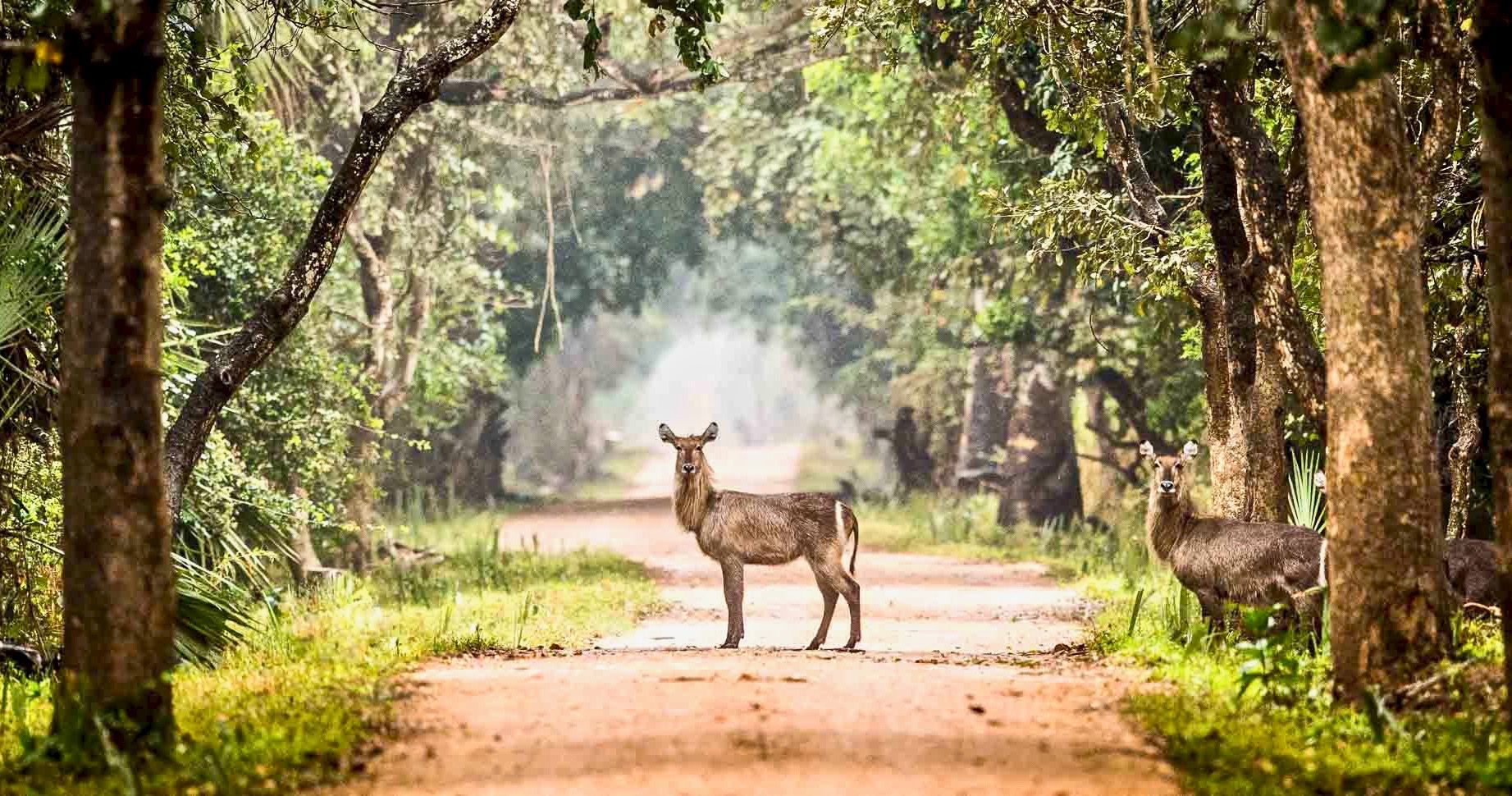Study Shows People Who Live Near National Parks Are Healthier and Wealthier

A new study from Oregon State University reveals that people who live near national parks are not only healthier but also wealthier. It comes as no surprise that a healthy diet, exercise, and fresh air can have a positive impact on well-being, yet researchers have also discovered a link between living near protected areas and financial security.
"The multiple-use areas are where you see a lot of the positive impacts for people's health and wealth," said Drew Gerkey, an environmental anthropologist at Oregon State University and a co-author of the paper. "The boundaries are relaxed in a way that allows local people to access resources but doesn't impinge on the larger goal of conservation."
Recently, after Cyclone Idai hit Mozambique, killing more than 700 people and leaving an estimated 1.8 million in need of emergency assistance, the Gorongosa National Park was able to distribute 34,000 kilograms of food to communities around the park without outside assistance. The park, which works with thousands of farmers in the region, has warehouses of food that was delivered by canoe and helicopter.
Protected areas that draw tourists — like national parks — had 17 percent higher levels of wealth compared to households that were far from a protected area. Researchers analyzed socioeconomic and health data on 87,033 children and 60,041 households in 34 developing countries around the world and contrasted measures of well-being among people living within 10 kilometers of one of 603 protected areas to others living further away.
According to reporting by Science Daily, “Many of the positive impacts of protected areas in this study were found in protected areas with established tourism.”
Households within 10 kilometers of multi-use protected areas that draw tourists are on average 20% wealthier and have a 26% lower probability of being poor than those located further away. Also, young children in families living close to multi-use protected areas that draw tourists are about 10% taller and 13% less likely to have stunted growth than children growing up further away from protected areas.
The study has called attention to the clear connection between conserving the earth’s resources and the resulting benefits for nearby human populations. The United Nations’ Sustainable Development Goals, for example, focus on expanding protected areas and decreasing poverty.
RELATED: Activists Urge UK Not To Bury Nuclear Waste Under National Parks
Also, governments around the world hope to increase the size and number of protected areas to meet goals set in 2010 under the United Nations Convention on Biological Diversity. The objective is to protect communities from the impact of climate change by correctly managing protected areas.
from TheRichest - Feed http://bit.ly/2VEMcNf

Post a Comment